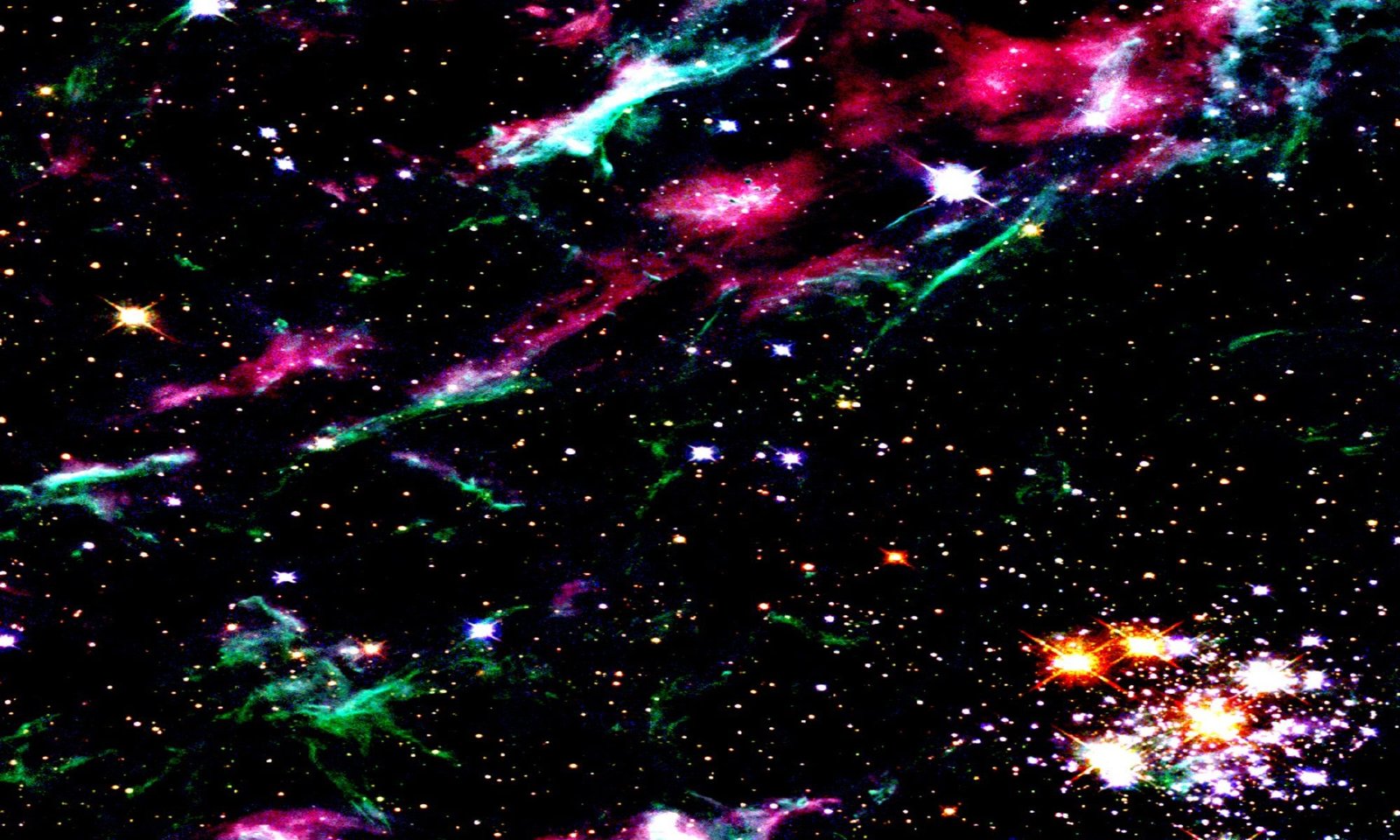Earth is part of the Cosmos, it has life in abundance. The Cosmos has life in abundance, but it is yet to be proven broadly on Earth.
Providing conclusive evidence of abundant presence of ETI (Extraterrestrial Intelligence) is the focus of the SpaceSpace project by SpaceVee. The project is based on two classes of technology invented by SpaceVee. One is ERV (Enhanced Remote Visualization, the other is ASTIR (Advanced Space-Time Image Recovery). ERV is actually a subset of ASTIR for still imagery.
A special imaging setup called, AstroCam utilises ASTIR to detect and capture imagery arriving from across the Cosmos.
ERV is primarily used to visualize beyond Space barriers, such as haze, dust, dust, clouds, in Space, aerial, terrestrial and underwater situations. ASTIR is used to visualize beyond barriers in Space-Time such as thee search for intelligent life beyond Earth.
ERV
Overview: Martian Life: A Possibility – Remote Exploration of Martian Subsurface (2015)
View the peer-reviewed paper at ResearchGate, ScholarCentral or Academia.edu
Tayo Akiwumi authored a paper titled Martian Life: A Possibility – Remote Exploration of Martian Subsurface, published in 2015 in the Journal of Astrobiology & Outreach. This study introduces a novel imaging technique called ASTIR—Advanced Space Time Image Recovery—for detecting potential subsurface features on Mars.
Key Highlights of the Paper
1. Motivation and Context
- The search for extraterrestrial life has gained momentum, fueled by discoveries of Earth-like exoplanets via the Kepler telescope and confirmed liquid water on Mars ResearchGate.
- This sparked Akiwumi’s interest in technologies enabling remote exploration of planetary subsurfaces.
2. ASTIR Technology
- ASTIR is designed to overcome limitations of conventional imaging (e.g., MRI, CT, radar), prioritising affordability, simplicity, and remote operation. It aims to produce real images or videos—not just simulations—and to work from significant distances safely and cheaply.
- A comparative table in the paper contrasts ASTIR with standard imaging methods, emphasising its unique characteristics like low cost (under US$10), portability, and usage of basic cameras.
3. Earth-Based Testing and Proof of Concept
- ASTIR was tested on various Earthly surfaces—including rock, snow, concrete, skin, and even cosmic dust—to verify its ability to reveal subsurface or hidden details using ambient radiation and typical digital imagery.
- Example results demonstrated how ASTIR could reveal dinosaur tracks under leaves, buildings beneath snow, underground features, and hidden patterns in haze or dust.
4. Martian Subsurface Imaging
- Akiwumi applied ASTIR to NASA images of Martian craters—specifically Eberswalde and Erebus crater regions that include the Opportunity Rover site.
- ASTIR scans revealed what the author interpreted as possible preserved biological remains and even straight-edge structures on the Martian surface, suggesting potential evidence of past life or artifacts.
5. Interpretation and Significance
- Given confirmed liquid water flows on Mars and the protective nature of surface dust, Akiwumi suggests life may have once existed—and possibly still exists—below the Martian surface.
- He emphasizes that ASTIR results warrant further investigation and could guide future missions to probe Martian subsurface life.
Summary Table
| Aspect | Details |
|---|---|
| Publication | Journal of Astrobiology & Outreach (Dec 2015) |
| Technology | ASTIR – Advanced Space Time Image Recovery |
| Key Features | Affordable, camera-based, remote, real-image outputs |
| Earth Tests | Detected hidden subsurface features in real-world scenes |
| Martian Results | Revealed possible biological remains & structured forms |
| Implication | Supports hypothesis of subsurface life on Mars |
ASTIR + AstroCam
Click the following link to view press release:
New ETI Imaging Technology – press release in 2018

